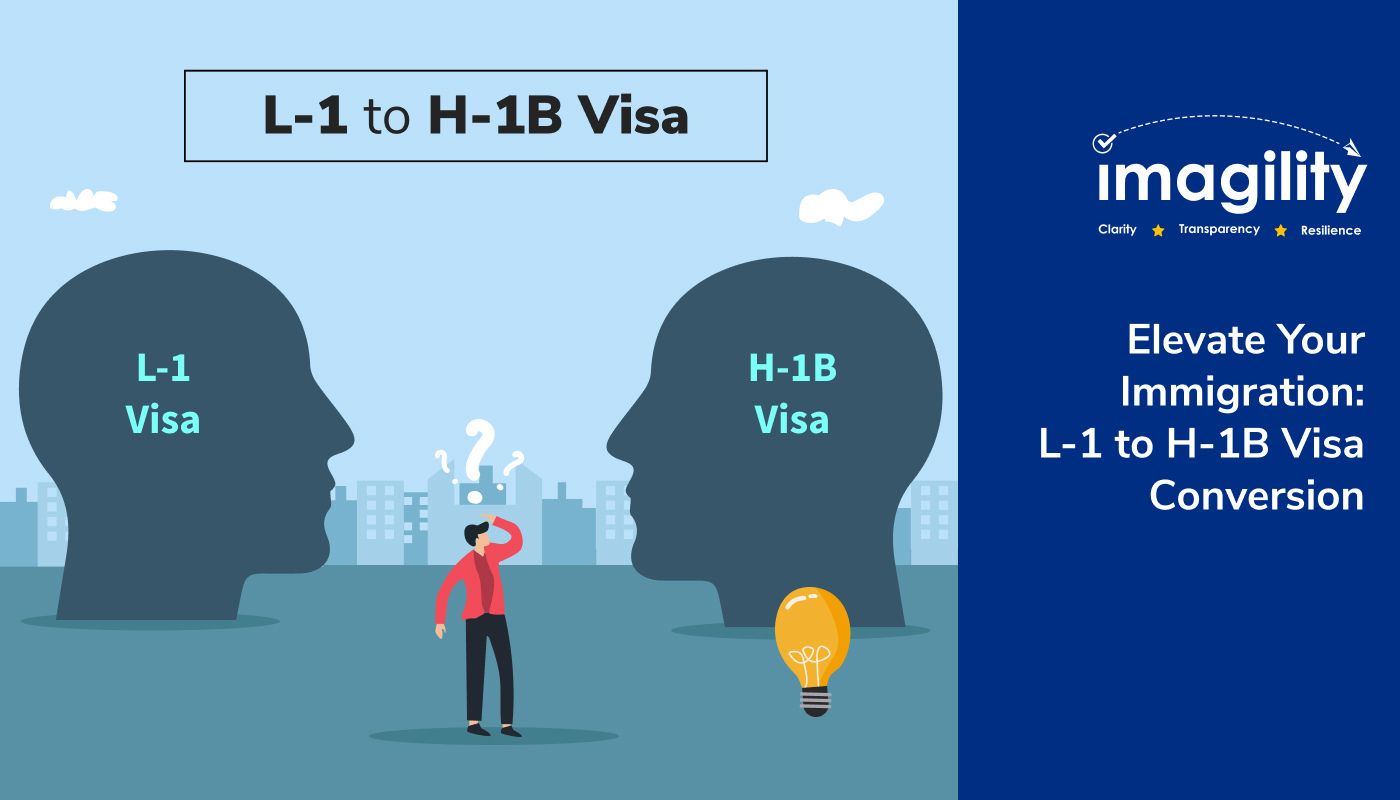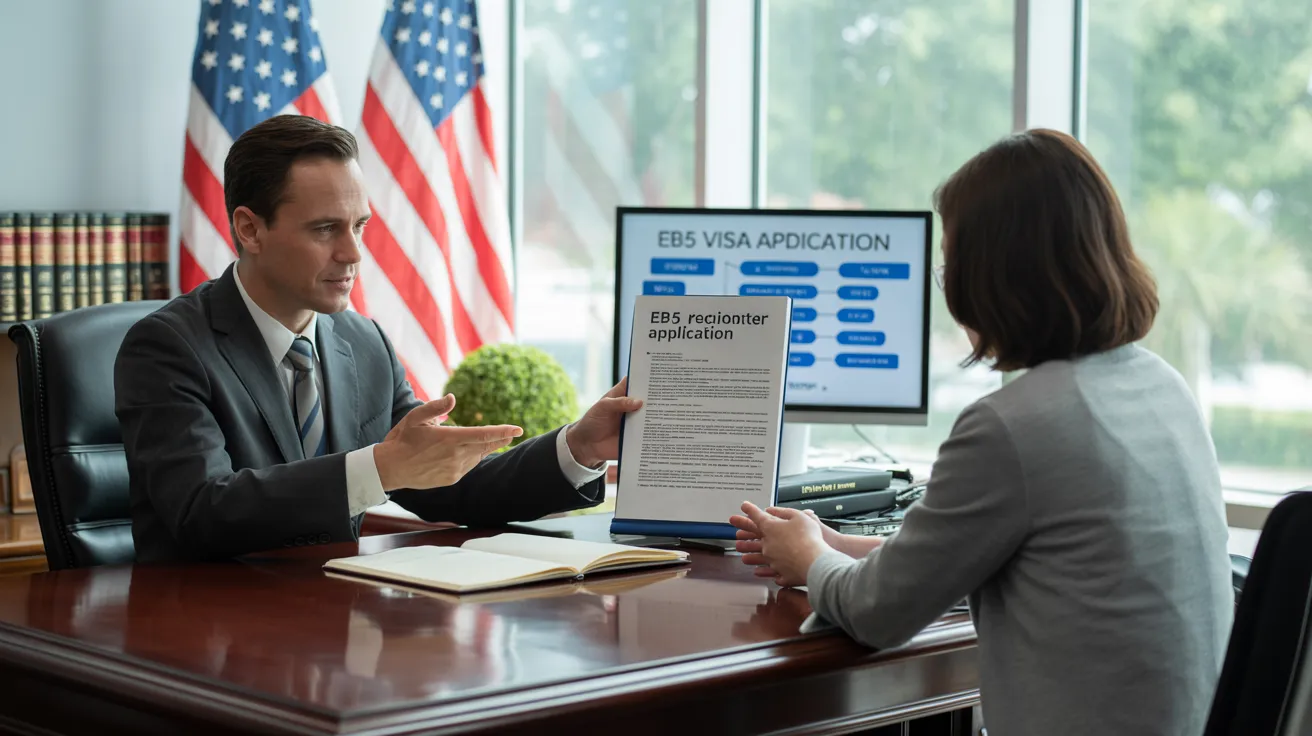The Only Guide to L1 Visa
Table of ContentsNot known Factual Statements About L1 Visa Indicators on L1 Visa You Should KnowGetting My L1 copyright WorkSome Of L1 VisaL1 Visa for DummiesL1 Visa Fundamentals Explained
Available from ProQuest Dissertations & Theses International; Social Science Costs Collection. DHS Office of the Examiner General. Fetched 2023-03-26.
U.S. Department of State. Recovered 22 August 2016. "Employees paid $1.21 an hour to install Fremont tech firm's computer systems". The Mercury News. 2014-10-22. Fetched 2023-02-08. Costa, Daniel (November 11, 2014). "Obscure momentary visas for foreign technology workers depress earnings". Capital. Tamen, Joan Fleischer (August 10, 2013). "Visa Owners Replace Workers".
The Ultimate Guide To L1 Visa
In order to be qualified for the L-1 visa, the international company abroad where the Recipient was utilized and the U.S. business must have a qualifying connection at the time of the transfer. The different types of qualifying partnerships are: 1.
Company A has 100% of the shares of Company B.Company A is the Moms And Dad and Firm B is a subsidiary. There is a qualifying partnership between the two business and Firm B must be able to fund the Beneficiary.
Instance 2: Business A is integrated in the united state and desires to seek the Recipient. Firm B is integrated in Indonesia and uses the Recipient. Firm An owns 40% of Company B. The staying 60% is had and regulated by Company C, which has no connection to Business A.Since Business A and B do not have a parent-subsidiary relationship, Company A can not fund the Beneficiary for L-1.
Instance 3: Firm A is integrated in the united state and desires to petition the Recipient. Firm B is integrated in Indonesia and uses the Beneficiary. Business A possesses 40% of Firm B. The continuing to be 60% is had by Firm C, which has no relationship to Business A. However, Business A, by official arrangement, controls and full manages Company B.Since Business A possesses much less than 50% of Firm B yet takes care of and controls the company, there is a certifying parent-subsidiary partnership and Company A can fund the Recipient for L-1.
Our L1 Visa Statements
Associate: An associate is 1 of 2 subsidiaries thar are both had and controlled by the same parent or individual, or had and regulated by the exact same team of individuals, in essentially the very same proportions. a. Example 1: Firm A is integrated in Ghana and utilizes the Beneficiary. Business B is integrated in the united state
Firm C, likewise integrated in Ghana, owns 100% of Business A and 100% of Business B.Therefore, Firm A and Business B are "affiliates" or sister firms and a qualifying partnership exists in between the two business. Firm B should be able to sponsor the Beneficiary. b. Example 2: Business A is integrated in the U.S.
Firm A is 60% owned by Mrs. Smith, 20% possessed by Mr. Doe, and 20% possessed by Ms. Brown. Firm B is incorporated in Colombia and currently uses the Beneficiary. Firm B is 65% possessed by Mrs. Smith, 15% owned by Mr. Doe, and 20% owned by Ms. Brown. Firm A and Firm B are associates L1 Visa requirements and have a qualifying relationship in two various methods: Mrs.
The L-1 visa is an employment-based visa classification developed by Congress in 1970, allowing multinational companies to transfer their supervisors, executives, or key workers to their United state operations. It is typically referred to as the intracompany transferee visa.

Furthermore, the beneficiary must have operated in a supervisory, exec, or specialized employee setting for one year within the 3 years preceding the L-1A application in the international company. For new office applications, international work has to have been in a managerial or executive capacity if the recipient is coming to the United States to work as a supervisor or exec.
A Biased View of L1 Visa

If granted for an U.S. business operational for even more than one year, the first L-1B visa is for up to 3 years and can be extended for an additional 2 years (L1 Visa). On the other hand, if the united state firm is freshly established or has actually been operational for less than one year, the preliminary L-1B visa is released for one year, with extensions available in two-year increments
The L-1 visa is an employment-based visa group developed by Congress in 1970, permitting multinational business to move their managers, execs, or key personnel to their United state operations. It is generally referred to as the intracompany transferee visa.
Unknown Facts About L1 Visa
Additionally, the recipient must have operated in a supervisory, exec, or specialized staff member position for one year within the 3 years coming contact us before the L-1A application in the international firm. For new workplace applications, international employment should have been in a managerial or executive capability if the beneficiary is concerning the United States to function as a manager or exec.
for up to seven years to look after the operations of the united state associate as an executive or manager. If released for an U.S. firm that has actually been operational for greater than one year, the L-1A visa is originally granted for up to 3 years and can be prolonged in two-year increments.
If granted for a united state company functional for greater than one year, the preliminary L-1B visa is for approximately 3 years and can be prolonged for an extra two years. Conversely, find out more if the U.S. company is newly established or has been functional for much less than one year, the first L-1B visa is issued for one year, with expansions readily available in two-year increments.